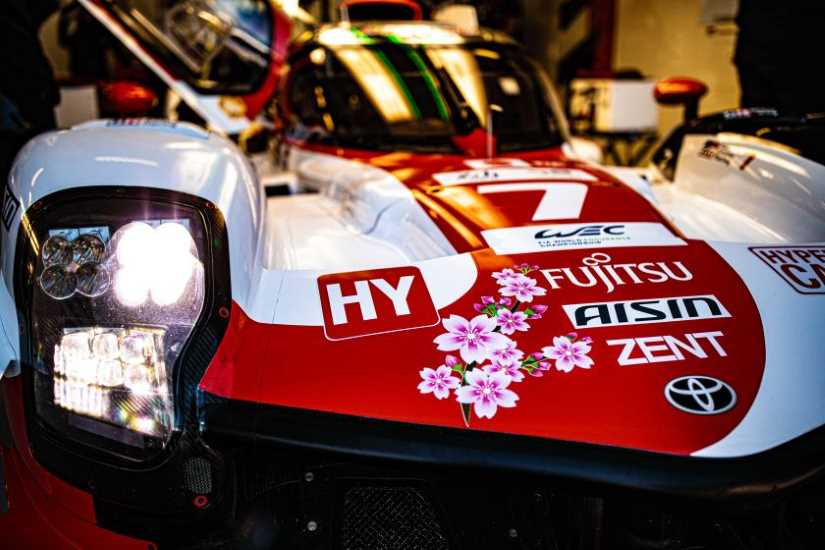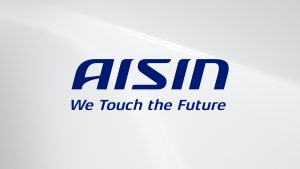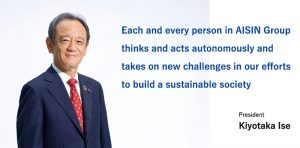Endurance Races & electric technology
Hybrid electric vehicles (HEVs) and battery electric vehicles (BEVs) have become commonplace. However, the advanced technologies used in these vehicles may have originated in motor sports.
Automobile manufacturers and parts suppliers actively take part in racing to develop their technologies. In races, cars are driven close to their limits for long stretches of time, causing many problems that would not normally occur in normal, day-to-day driving. There is no better environment for testing and refining new technologies, and many of the advancements discovered through racing have been adopted into production vehicles. Aisin is using motorsports as a starting point to further develop its electrification technology.
Aisin’s Development of an eAxle for Racing and Competiting in the WEC
Aisin’s development of an eAxle for racing began in 2007 with the Tokachi 24 Hours. An eAxle is a drive unit that integrates the motor, gearbox, and inverter. We provided the Toyota Supra HV-R with a motor for the rear wheel, which was made lighter by reviewing the design from the ground up, including the materials, down to the nearest 0.1g. This greatly contributed to the victory in the race.
In 2008, Aisin took charge of the development of an eAxle for the front wheel of the TS030, Toyota’s first hybrid car as a prototype racing car. Aisin believed its strength in integration technology could be utilized in this development, and this challenge was also in anticipation of the development of next generation technologies for the age of electrification. Through much trial and error, Aisin succeeded in creating a highly e fficient motor system that is ultra-compact and lightweight, achieving a power-to-weight ratio ten times that of mass-produced systems.
Aisin’s eAxle was finally included in the TS040 and made its WEC debut in 2014. The Toyota Racing team won the 2014 championship in the TS040 but was unable to reach its longstanding goal of winning the 24 Hours of Le Mans. The team tried again in 2015, but its rivals significantly improved their performance, and the Toyota team was defeated.
Taking this defeat as an opportunity, Aisin took on the challenge of developing a new eAxle with new technologies.The next few years were a series of lessons and hardships. Every time the Aisin team members encountered a problem, they made improvements and took on the challenge of creating new technology while thoroughly pursuing quality. Although the development process was extremely difficult, this experience helped produce a great leap forward in Aisin’s electrification technology.
In 2018, four years after its first attempt at Le Mans, the Toyota Racing team showed stable performance from the beginning of the race to the end in a TS050 equipped with the new eAxle, which enhanced torque, power, and quality. The team achieved the long-anticipated dream of winning the 24 Hours of Le Mans. Since 2018, Toyota Gazoo Racing Team has won five consecutive races in the FIA World Endurance Championship. This winning streak is a testament to Toyota’s competitiveness and commitment to achieving excellence in
all aspects of its activities.



